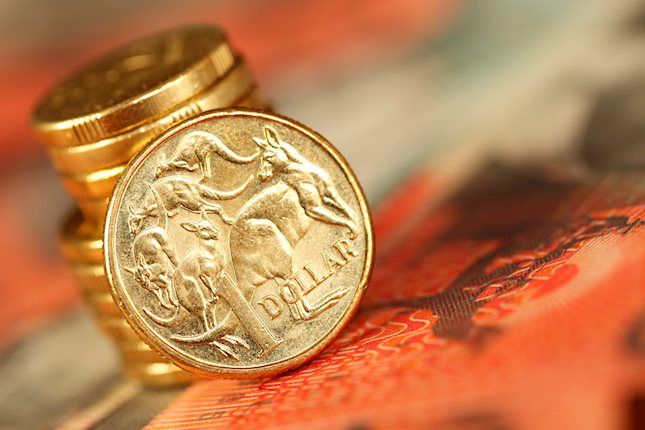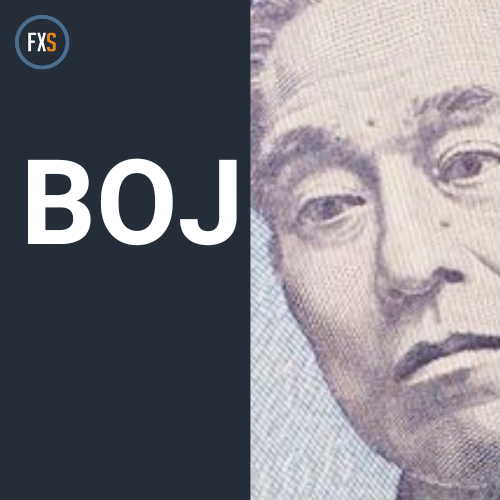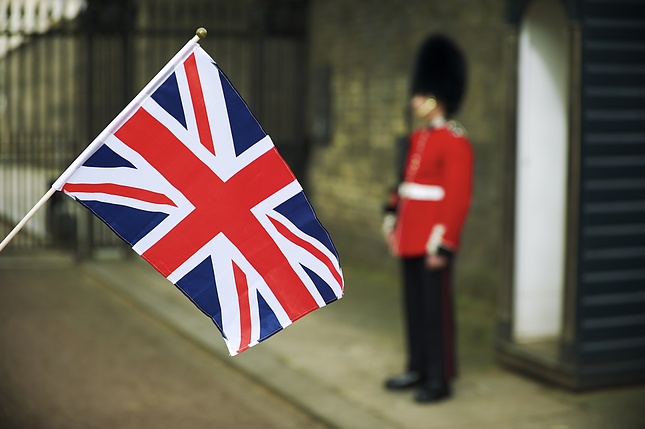Federal Reserve Chairman Jerome Powell explains the decision to cut the policy rate, federal funds rate, by 25 basis points to the range of 4.25%-4.5% after the December meeting and responds to questions in the post-meeting press conference.
Key quotes
"Committee is discussing ways in which tariffs can drive inflation, we've done a good bit of work on that."
"That puts us in place to make a careful assessment of appropriate policy response to tariffs."
"There are many factors for how much tariffs will even go into consumer inflation."
"Premature to make any conclusion on impact of tariffs, don't know what countries, what size, how long."
"Don't know that 2018 is much of a guide to what will happen this time."
"We are at the stage of thinking through questions, not getting to definitive answers for some time."
"Core inflation coming down to 2.5% next year, as in projections, would be significant progress."
"We also have to think about the labor market, mindful it is gradually cooling."
"We expect significant policy changes, we need to see what they are and the effects to get a clearer picture."
"We will be looking for further progress on inflation to make those cuts."
Inflation FAQs
Inflation measures the rise in the price of a representative basket of goods and services. Headline inflation is usually expressed as a percentage change on a month-on-month (MoM) and year-on-year (YoY) basis. Core inflation excludes more volatile elements such as food and fuel which can fluctuate because of geopolitical and seasonal factors. Core inflation is the figure economists focus on and is the level targeted by central banks, which are mandated to keep inflation at a manageable level, usually around 2%.
The Consumer Price Index (CPI) measures the change in prices of a basket of goods and services over a period of time. It is usually expressed as a percentage change on a month-on-month (MoM) and year-on-year (YoY) basis. Core CPI is the figure targeted by central banks as it excludes volatile food and fuel inputs. When Core CPI rises above 2% it usually results in higher interest rates and vice versa when it falls below 2%. Since higher interest rates are positive for a currency, higher inflation usually results in a stronger currency. The opposite is true when inflation falls.
Although it may seem counter-intuitive, high inflation in a country pushes up the value of its currency and vice versa for lower inflation. This is because the central bank will normally raise interest rates to combat the higher inflation, which attract more global capital inflows from investors looking for a lucrative place to park their money.
Formerly, Gold was the asset investors turned to in times of high inflation because it preserved its value, and whilst investors will often still buy Gold for its safe-haven properties in times of extreme market turmoil, this is not the case most of the time. This is because when inflation is high, central banks will put up interest rates to combat it. Higher interest rates are negative for Gold because they increase the opportunity-cost of holding Gold vis-a-vis an interest-bearing asset or placing the money in a cash deposit account. On the flipside, lower inflation tends to be positive for Gold as it brings interest rates down, making the bright metal a more viable investment alternative.
Information on these pages contains forward-looking statements that involve risks and uncertainties. Markets and instruments profiled on this page are for informational purposes only and should not in any way come across as a recommendation to buy or sell in these assets. You should do your own thorough research before making any investment decisions. FXStreet does not in any way guarantee that this information is free from mistakes, errors, or material misstatements. It also does not guarantee that this information is of a timely nature. Investing in Open Markets involves a great deal of risk, including the loss of all or a portion of your investment, as well as emotional distress. All risks, losses and costs associated with investing, including total loss of principal, are your responsibility. The views and opinions expressed in this article are those of the authors and do not necessarily reflect the official policy or position of FXStreet nor its advertisers. The author will not be held responsible for information that is found at the end of links posted on this page.
If not otherwise explicitly mentioned in the body of the article, at the time of writing, the author has no position in any stock mentioned in this article and no business relationship with any company mentioned. The author has not received compensation for writing this article, other than from FXStreet.
FXStreet and the author do not provide personalized recommendations. The author makes no representations as to the accuracy, completeness, or suitability of this information. FXStreet and the author will not be liable for any errors, omissions or any losses, injuries or damages arising from this information and its display or use. Errors and omissions excepted.
The author and FXStreet are not registered investment advisors and nothing in this article is intended to be investment advice.
Recommended content
Editors’ Picks

USD/JPY jumps above 154 after a hawkish Fed and ahead of BoJ
The USD/JPY pair is trading well above the 154.00 mark after the US Federal Reserve delivered a hawkish 25 bps rate cut. The Bank of Japan is expected to remain on hold, although a rate hike can't be ruled out.

AUD/USD refreshes multi-year low amid post-FOMC USD strength
AUD/USD dropped to the 0.6200 mark or over a two-year low this Thursday and seems vulnerable to extending its descending trend. The RBA's dovish shift, concerns about China's fragile economic recovery and Trump's tariff plans continue to undermine the Aussie.

Gold nears $2,600 after Fed's decision
Gold fell towards $2,600 and trades nearby as the Federal Reserve's hawkish cut sent investors into safety. Demand for the US Dollar outpaces that of the bright metal as US, officials foresee fewer interest rate cuts in 2025.

Bank of Japan set to hold interest rates steady as rising inflation hints at early-year hike
After concluding its two-day monetary policy review on Thursday, the Bank of Japan is expected to hold the short-term interest rate at 0.25%. The BoJ policy announcements will likely provide fresh cues on the central bank’s rate hike outlook, injecting intense volatility in the Japanese Yen.

Sticky UK services inflation to come lower in 2025
Services inflation is stuck at 5% and will stay around there for the next few months. But further progress, helped by more benign annual rises in index-linked prices in April, should see ‘core services’ inflation fall materially in the spring.

Best Forex Brokers with Low Spreads
VERIFIED Low spreads are crucial for reducing trading costs. Explore top Forex brokers offering competitive spreads and high leverage. Compare options for EUR/USD, GBP/USD, USD/JPY, and Gold.